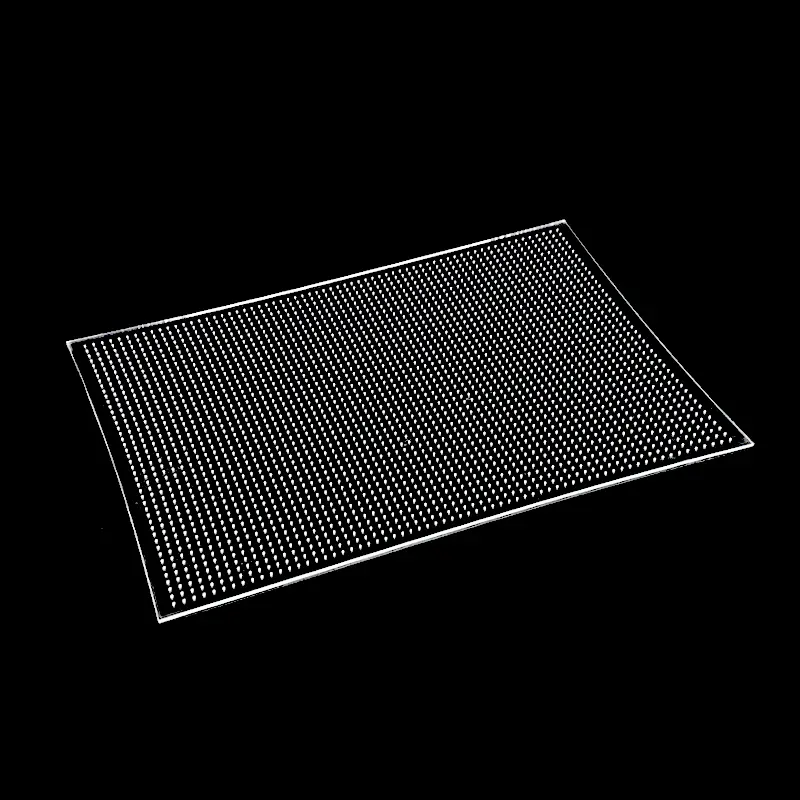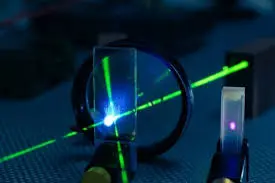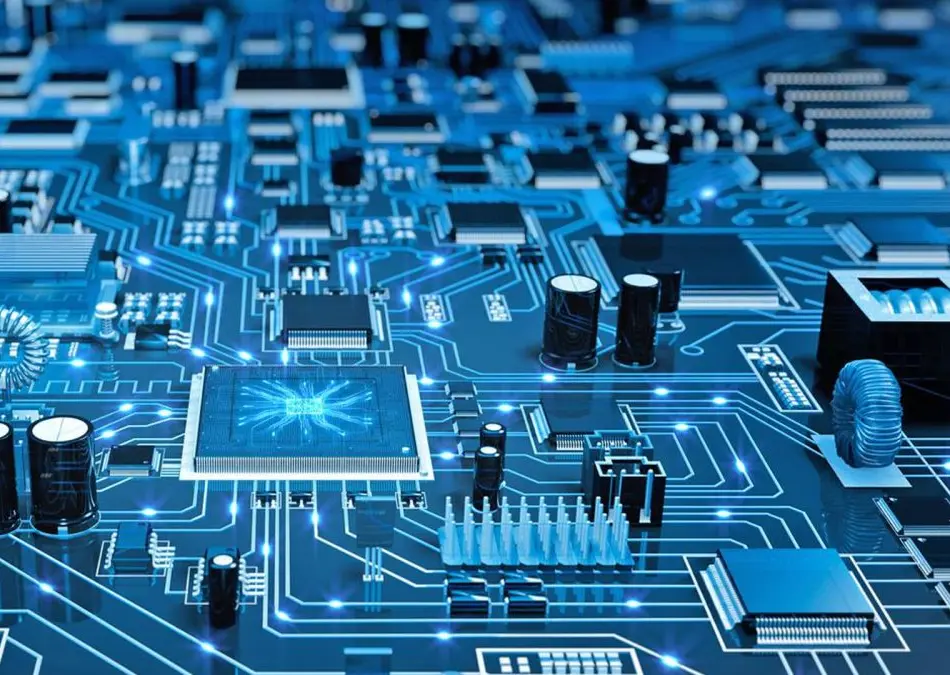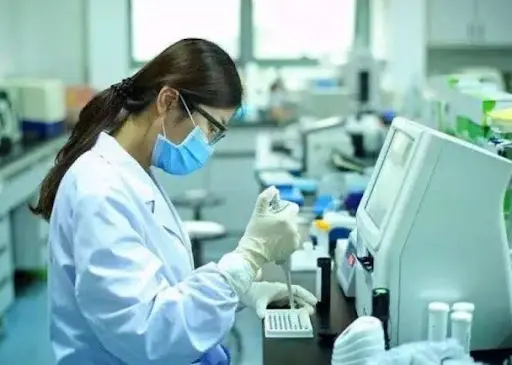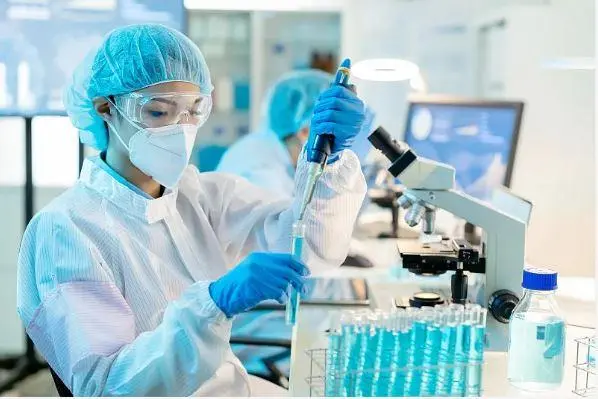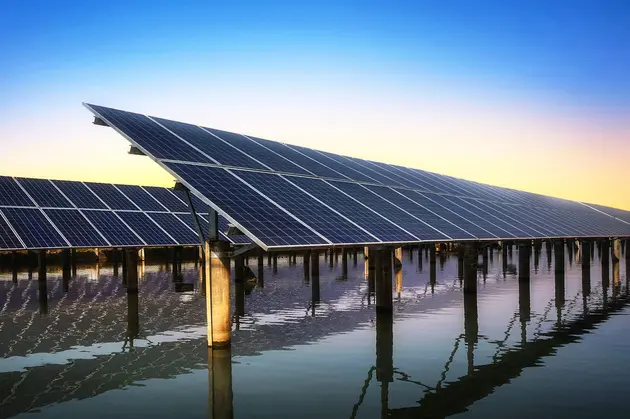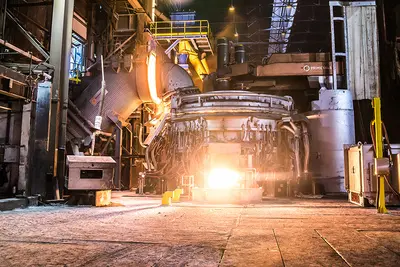レーザードリル孔を持つ石英ガラスプレートは、レーザードリル技術を使用して石英ガラスプレートに穴を開けた製品を指します。石英ガラスは、高い光透過性、高い硬度、高温耐性、耐食性などの優れた特性により、多くの分野で広く使用されています。レーザードリル技術は、高精度、高効率、非接触特性を持ち、石英ガラスプレートの加工において重要な方法となっています。
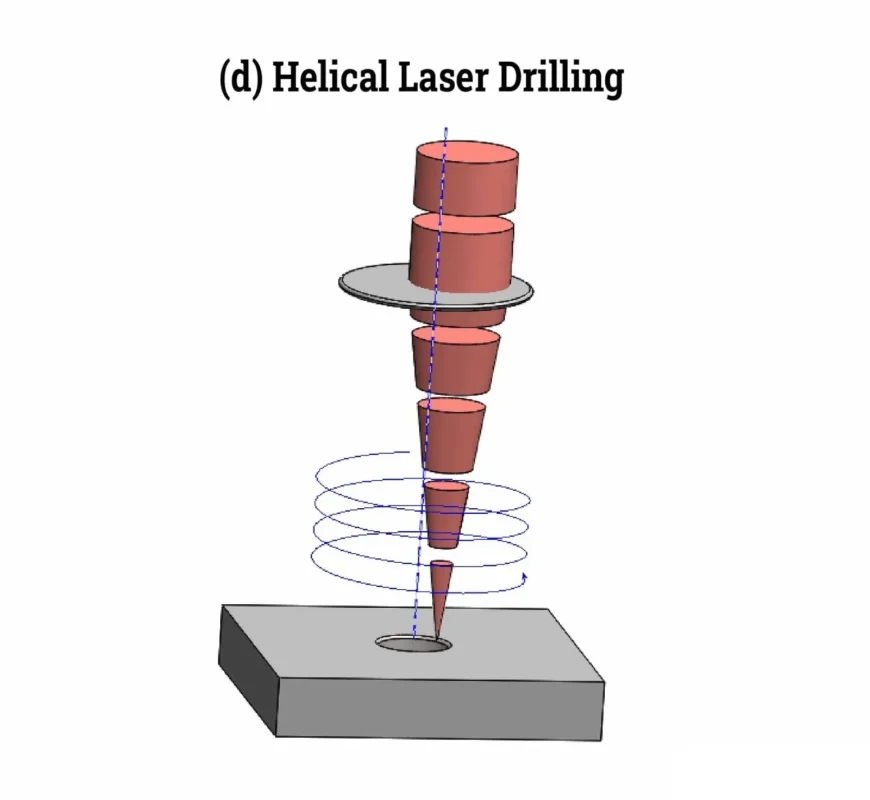
石英ガラス板のレーザードリリングの原理は、主に高エネルギー密度のレーザービームを使用して石英ガラスを焦点を合わせて局所的に加熱することに関係しています。これにより、石英ガラスが熱膨張を引き起こし、指定された位置に穴を作ります。レーザービームの高エネルギーと精密な焦点合わせにより、高い精度と迅速な加工が実現され、従来の機械的なドリリング方法によって発生する可能性のある材料の損傷や応力集中を回避できます。
| 特性内容 | 特性値 |
|---|---|
| SiO2 | 99.99% |
| 密度 | 2.2×10³ kg/cm³ |
| 硬度 | モース硬度 5.5~6.5; ヌープ硬度 570 (荷重100g) |
| 引張強度 | 4.8 × 10⁷ Pa (48 N/mm² または 48 MPa); 7,000 psi |
| 圧縮強度 | >1.1×10⁹ Pa (160,000 psi) |
| 熱膨張係数 | 5.5×10⁻⁷ cm/cm·°C (20°C-320°C) |
| 熱伝導率 | 1.4 W/m-°C |
| 比熱 | 670 J/kg-°C |
| 軟化点 | 1730度C(3146度F) |
| 徐冷点 | 1210度C(2210度F) |
| 歪点 | 1120度C(2048度F) |
| 使用温度 | 1200°C |
| 電気抵抗率 | 7×10⁷Ωcm (350°C) |
| サイズ | カスタマイズ対応 |
| ロゴ | ロゴのカスタマイズ対応 |
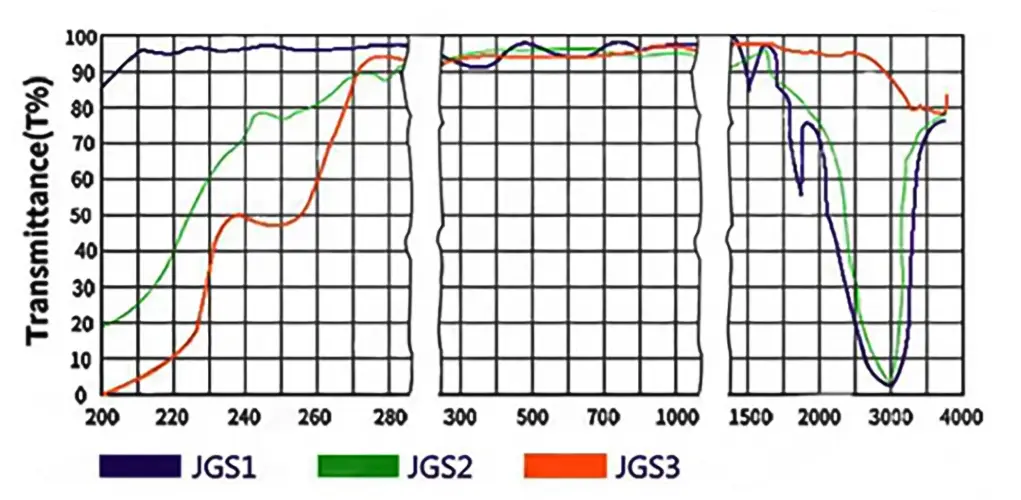
JGS1
UVグレード溶融石英として一般的に知られているこの材料は、紫外線(UV)スペクトル領域において、極めて低い分散と非常に高い透過率を示します
JGS2
JGS1に類似していますが、メーカーの基準により、透過率や熱膨張係数などの特定の性能パラメータにばらつきが生じる場合があります
JGS3
通常、より高い純度または特殊な性能特性が求められるアプリケーションで使用されます。特定の性能パラメータは、メーカーの基準によって異なる場合があります
高精度
レーザードリル技術は、マイクロメートルおよびナノメートルレベルの加工精度を達成でき、高精度アプリケーションの要求に応えます。
高効率
レーザードリリングの速度は、従来の機械的なドリル方法に比べてはるかに速く、生産効率を大幅に向上させます。
非接触加工
レーザー穿孔中、レーザービームは材料に直接接触せず、機械的ストレスによる材料の損傷を回避します。
高い柔軟性
レーザ drillingは不規則な表面で行うことができ、穴パターンや複雑な形状を自由に設定できます。
アプリケーションシナリオ
よくある質問
当社は、高純度石英ガラス部品の一貫製造を専門としております。主な製品ラインナップは以下の通りです:
石英管・石英棒: 幅広い直径と仕様。
石英プレート・ディスク: 光学および工業用途向けに精密に切断・研磨。
石英実験器具: ビーカー、フラスコ、ボートなど、標準品から特注品まで幅広い種類のガラス器具。
半導体グレード石英: 半導体製造用のプロセスチューブやキャリアなどの高純度部品。
特注加工部品: お客様固有の設計および仕様に合わせて、複雑な部品を製造できます。
はい。特注加工(カスタム加工)は、当社の事業の中核です。10年以上にわたる専門的な経験を活かし、お客様企業と提携し、専門的なOEM/ODMサービスを提供しております。当社の加工技術には、溶接、研削、穴あけ、研磨、曲げ加工、その他さまざまな精密加工技術が含まれており、お客様の厳密なご要望にお応えする部品を製造いたします。
品質は当社の製造プロセスにおいて最も重要です。当社はISO 9001:2015認証取得メーカーであり、当社のプロセスが国際的な品質管理基準を満たしていることを保証します。また、当社の製品は純度と性能に関して厳格なSGS試験を受けています。当社は高純度原材料(SiO2 99.998%まで)を使用し、優れた熱安定性、高温耐性、化学的不活性を持つ溶融石英および溶融シリカ製品を製造しています。
当社はプロセスを最大限に効率化しました:
RFQ(見積依頼)を提出:ウェブサイトのお問い合わせフォームまたはEメールで、技術図面、仕様、要件をお送りください。
迅速な対応: 数分以内に初回返信を、30分以内に詳細なご連絡を差し上げます。
設計・提案:24時間以内に詳細な設計提案と競争力のある見積もりをお届けします。
試作・生産:承認後、お客様の納期に間に合わせるため、迅速に試作から本格的な量産へと移行いたします。
Aoxin Quartzとの提携には、いくつかの重要なメリットがあります:
実証された専門知識:業界で10年以上の経験を持つ当社には、複雑な課題に取り組むための技術的知見があります。
One-Stop Solution: We manage the entire production process, from sourcing high-purity raw materials to fabricating and finishing complex components.
競争力のある価値:主要な石英生産拠点に位置することで、効率的なサプライチェーンと先進的な製造技術を活用し、競争力のある価格で卓越した品質を提供しています。
Dedicated Partnership: Over 90% of our clients become long-term partners. We are committed to your success through responsive service, reliable quality, and innovative solutions.

